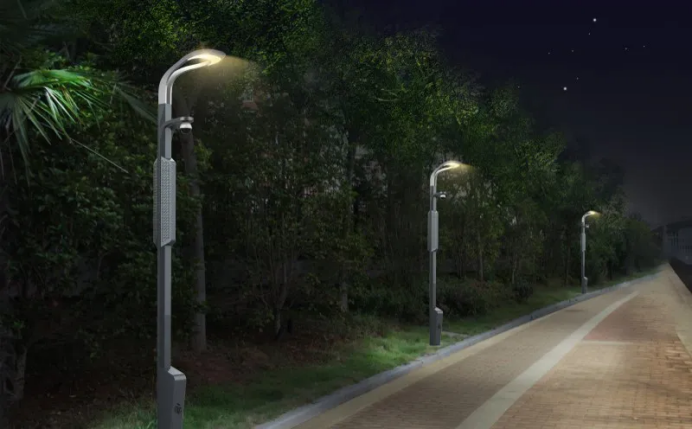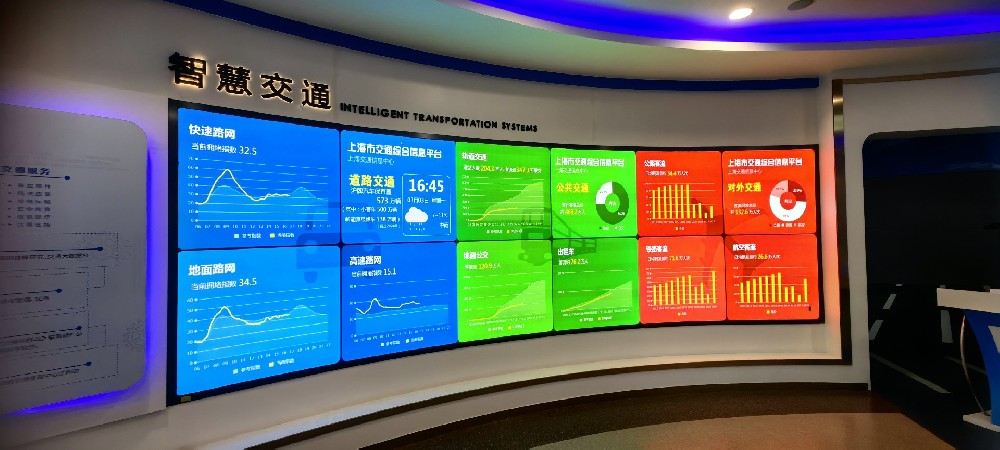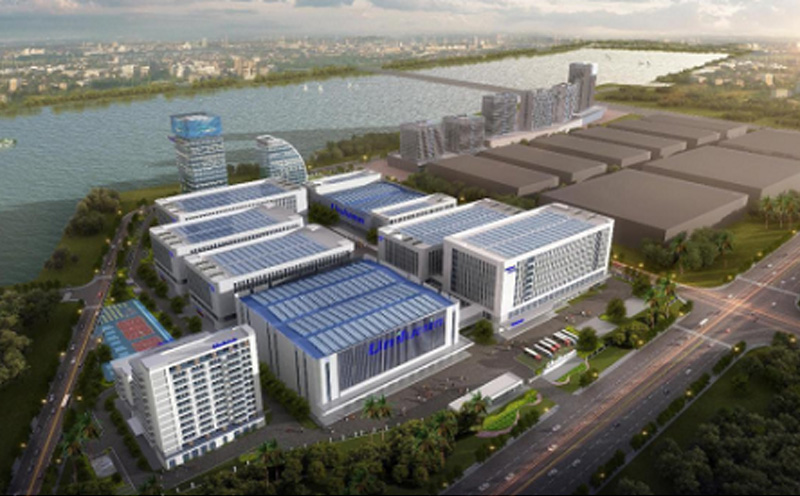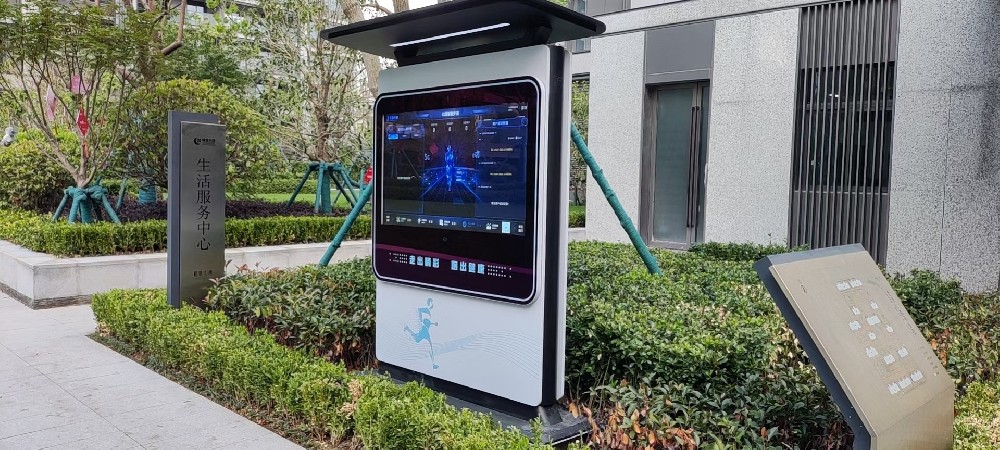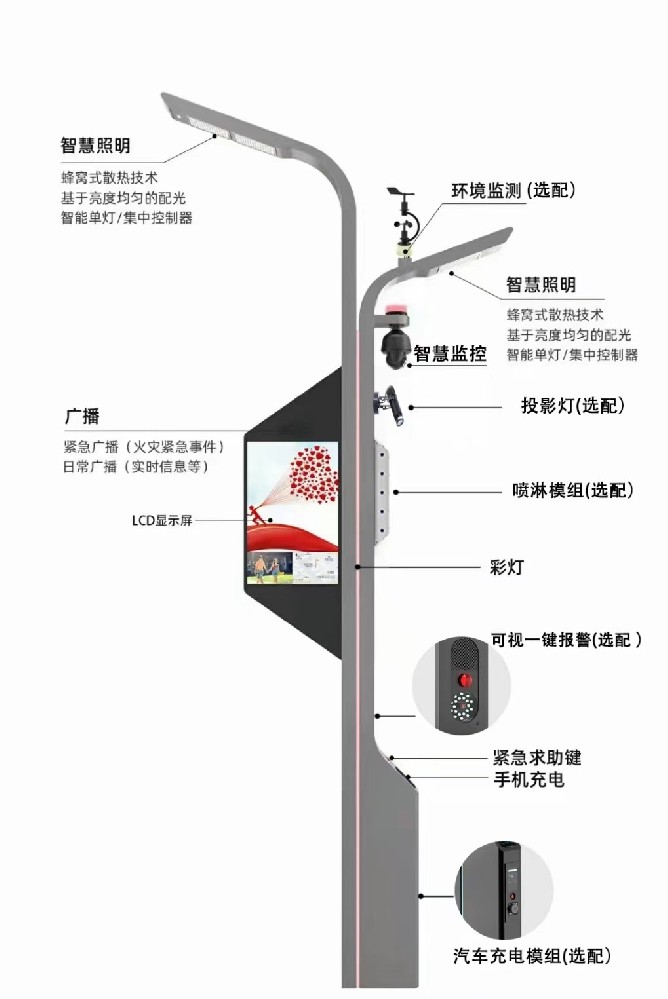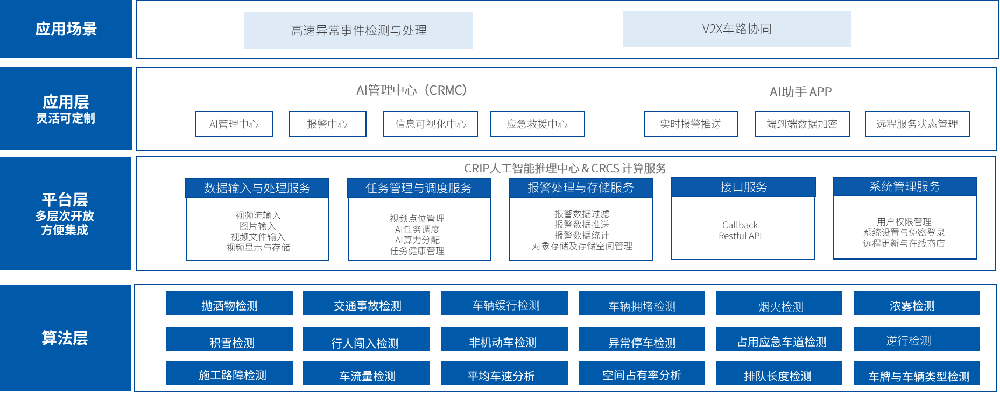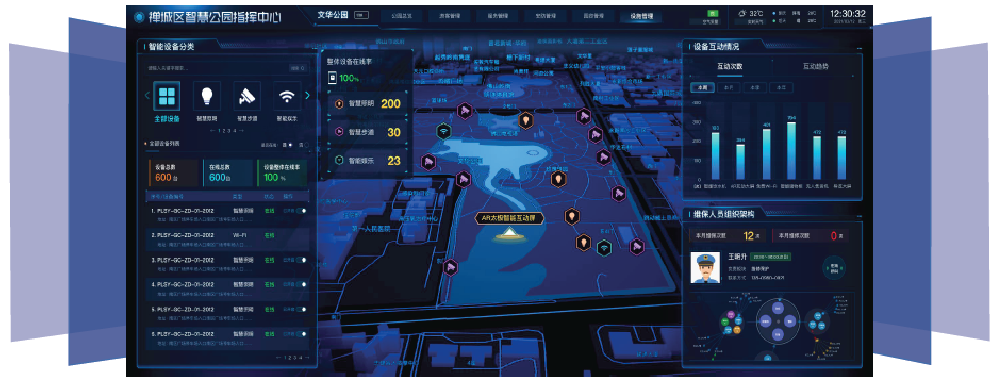In the wave of smart city construction, energy management systems are quietly undergoing a transformation from "infrastructure" to "city brain". According to data from the International Energy Agency in 2023, cities that deploy smart energy management systems have achieved an average annual energy efficiency improvement of 27.6%, with carbon dioxide emissions reduced equivalent to adding 420 million square meters of forest.
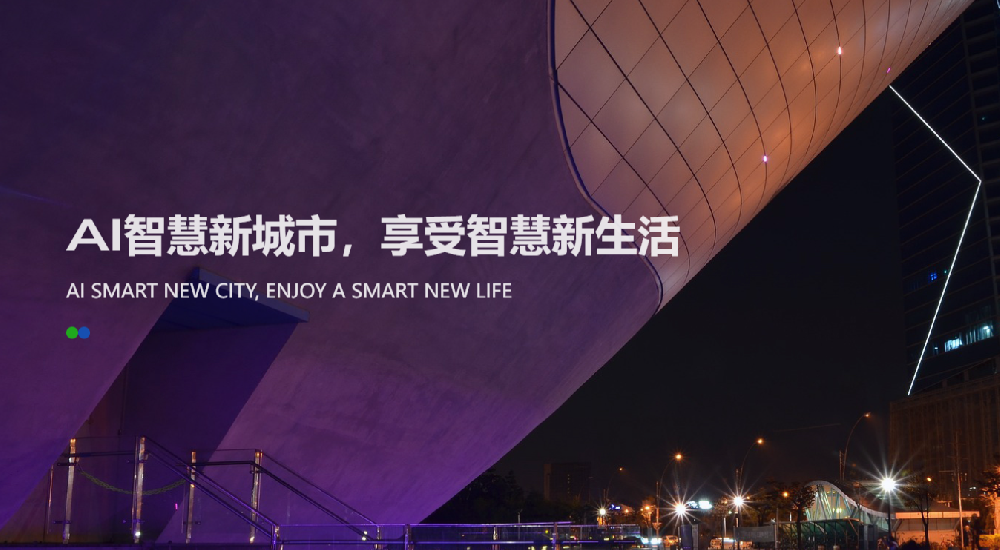
1、 Triple evolution of core technology
1.1 Building an Energy Metaverse with Digital Twins
The energy digital twin platform built through BIM+GIS technology has achieved millisecond level fault prediction for power grids in cities such as Milan and Singapore. The pilot project in the City of London shows that this technology reduces operational costs by 41% and shortens fault response time by 78%.
1.2 Precise control of AI prediction algorithms
The deep learning model reduced the peak valley electricity gap of commercial complexes in the Tokyo Bay Area by 63% by analyzing 200+dimensional energy consumption data (including weather, economic activity index, etc.). The EnerGPT model developed by the team of Nobel laureates in Sustainable Development in 2023 has achieved a prediction accuracy of over 92.3%.
1.3 Blockchain Empowered Microgrid Revolution
Brooklyn Microgrid Project Verification: Distributed energy P2P trading reduces residential electricity prices by 19% and increases photovoltaic consumption rate to 98.7%. Smart contracts automatically execute over 3000 energy transactions per day, building a truly decentralized energy network.
2、 Benchmark case
2.1 Heating Energy Projects
Integrating regional heating systems with data center waste heat recovery
Winter heat network loss reduced from 15% to 4.7%
Innovative 'Temperature Bank' Mechanism for Cross Seasonal Energy Storage
2.2 Shenzhen Bay Super Energy
The world's first five source interconnected system (photovoltaic, energy storage, hydrogen, tidal, and waste to energy)
The regional comprehensive energy efficiency ratio reaches 6.81 (about 3.2 for traditional systems)
5G+quantum communication builds a secure protection system
3、 Industry Trends
The penetration rate of flexible load management system will exceed 35% (predicted by the Ministry of Housing and Urban Rural Development)
The compound annual growth rate of the virtual power plant market reached 68.9% (MarketsandMarkets data)
The concept of Building as Power (BaaP) has given rise to a new generation of photovoltaic curtain wall standards
EU regulations require all newly built urban areas to be equipped with energy routers
Smart leap of urban energy
When every building becomes an intelligent energy node, and every kilowatt hour of electricity flows with data genes, smart energy management systems are redefining the vitality index of cities. This is not only a technological revolution, but also a philosophical reconstruction of the relationship between humanity and energy.

